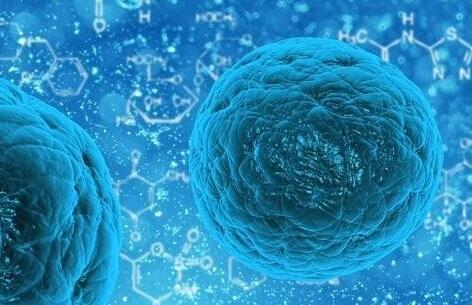Recently, Thomas Valentin and his colleagues at Brown University in the United States dissolved divalent cations into alginate solution to form a non-covalently bonded hydrogel, which responded to multiple types of stimuli. The use of algae compatible materials to create temporary ordered structures can further generate template structures for more complex structures. The researchers demonstrated the versatility of the process by creating microfluidic channels and found a degradable barrier to guide cell migration.
Hydrogels are high water content polymers with crosslinked network structures and have important applications in many different fields of research. Although containing a large amount of water, the hydrogel will exhibit solid characteristic behavior due to the strong interaction between the crosslinked polymer chains. However, the use of hydrogels has been greatly limited due to a lack of understanding of the internal structure of these crosslinked polymer networks.

Valentin and his colleagues used alginate, metal cation salts, and a light photoinitiator to prepare the hydrogel. When irradiated with a laser, a photoinitiator dissolves the metal salt in the solution to produce free metal cations. These cations bind to the polymer and, due to the charge between them, promote ionic crosslinking between the polymer chains. A continuous layer of hydrogel can pass
Photopatterning this "bottom-up" technique cross-linking facilitates the creation of 3D structures. After optimizing the gel composition, the researchers used a light-based 3D printing technique to create a stepped structure with a height of 1.7 mm and a vertical resolution of 250 μm.
In contrast to the conventional cross-linking route with permanent covalent bonds between the polymers, the ionic cross-linking of the hydrogel is completely reversible, which allows the hydrogel material to degrade rapidly as needed. Since this charge interaction is completely reversible, ions are bound to the metal by chelation. The addition of a chelating agent to the solution can dissociate the metal cations associated with the polymer, thereby disrupting the crosslinking and hydrogel network.
Using this new method, the alginate gel successfully templated the secondary material; agarose is a hydrogel from seaweed. In the alginate gel, agarose gels around the gel, and the addition of a chelating agent degrades the alginate gel structure, while the agarose gel is not affected by this process, so the structure and properties are Maintain the original look. The first author, Ian Wong, described the preparation and degradation process as "a bit like Lego bricks." We can connect the polymers together to build a three-dimensional structure and then quietly separate them again under biocompatibility conditions.
The migration behavior of new cells in breast cells is revealed by utilizing the biocompatibility of the materials and controlling the formation and degradation of alginate hydrogels. The structure formed in the alginate hydrogel spatially limits cell growth within the network to certain regions, followed by alginate degradation, providing unoccupied regions to the incoming cells. The behavior of the cells indicates that the migration of the first cells aligns the initial geometry of the cells. Within two days, the cells occupy all available areas by movement, and during the entire molding and degradation process, the cell viability is not significantly attenuated.
Future work plans are to improve spatial resolution and to control mechanical properties and degradation kinetics. The development of 3D technology for forming gels has also opened the door for other ion-crosslinked gels, forming in this way, revolutionizing research in many different fields.
Baby Swing High Chair,Baby Chair Swing,High Chair For Babies,Baby Chair Booster
Zhejiang Lamon Technology Inc. , https://www.baby-chair.com